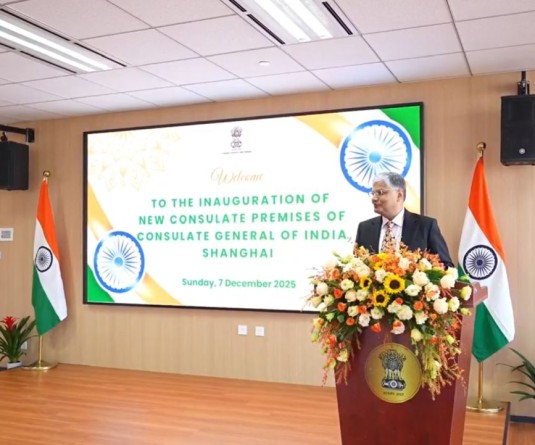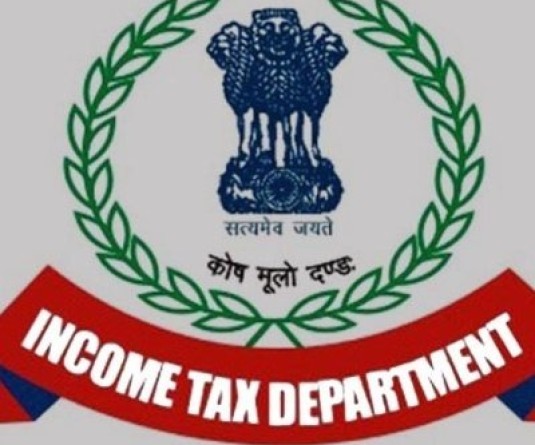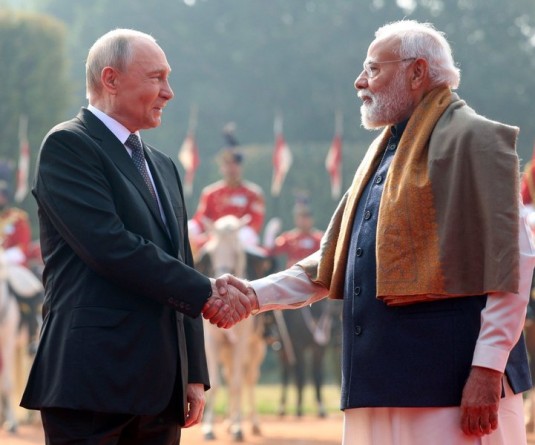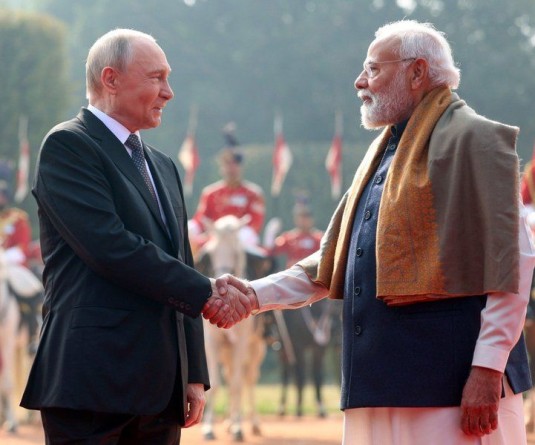
KOLKATA, March 4 (Agencies): Soon after the first Indian conquest of Mount Everest led by Captain M. S. Kohli in 1965, the Indian Air Force organised a photo-op for journalists. But of the entire planeload of photographers who were flown to the world’s tallest mountain peak, the only clear images came from the camera of the pilot, an amateur photographer. Well over 45 years later now it transpires that those might well be the earliest aerial colour photographs of Everest.
Kolkata-born Squadron Leader R. K. Basu, an octogenarian today, has vivid memories of the sortie when he flew the Russian AN 12 aircraft with nearly 50 photographers on board. Even as he clicked several pictures from the cockpit, refraction through the thick aircraft windows posed quite a challenge for the photographers and none of them was able to capture any clear images. On his London-based son’s request, Squadron Leader Basu recently handed over his original slides to the Royal Geographical Society in London. It was then that he was informed that these might well be the earliest aerial colour photographs of the peak.
“The Royal Geographical Society maintains a record of all the images taken of the peak in various periods. They told me that they were not aware of any older aerial colour pictures of Mount Everest taken from the air,” Squadron Leader Basu told The Hindu over telephone from his residence in Mumbai. While aerial photographs are usually taken from mechanised cameras that come outside the plane and gain a direct view, all the photographs on that day were taken from hand-held cameras and from inside the aircraft. Another challenge while photographing from the inside is the bulging windows that cause further distortions, he said.
“I had developed a technique to hold the camera at an angle to the glass of the window to counter the effects of refraction. I also had a further advantage. Since I was the pilot, I could tilt the aircraft and frame the picture accordingly,” he added. Squadron Leader Basu had taken the pictures as part of his hobby, but he also had an immediate task at hand. Flying at an altitude of 10,000 feet above sea level, there were several restrictions he had to bear in mind. “I had to ensure that we never ventured closer than one mile of the peak. The vibrations and noise from the aircraft could have triggered an avalanche while the mountaineers were still there in one of the lower base camps. We also had to make sure that we did not enter Tibetan territory,” he said. The images taken from a Contaflex camera with a 2.8 lens and a UV filter were kept in the Air Force archives and even used by Captain Kohli in his book on the famous expedition. He had also taken film clips from another camera.
Kolkata-born Squadron Leader R. K. Basu, an octogenarian today, has vivid memories of the sortie when he flew the Russian AN 12 aircraft with nearly 50 photographers on board. Even as he clicked several pictures from the cockpit, refraction through the thick aircraft windows posed quite a challenge for the photographers and none of them was able to capture any clear images. On his London-based son’s request, Squadron Leader Basu recently handed over his original slides to the Royal Geographical Society in London. It was then that he was informed that these might well be the earliest aerial colour photographs of the peak.
“The Royal Geographical Society maintains a record of all the images taken of the peak in various periods. They told me that they were not aware of any older aerial colour pictures of Mount Everest taken from the air,” Squadron Leader Basu told The Hindu over telephone from his residence in Mumbai. While aerial photographs are usually taken from mechanised cameras that come outside the plane and gain a direct view, all the photographs on that day were taken from hand-held cameras and from inside the aircraft. Another challenge while photographing from the inside is the bulging windows that cause further distortions, he said.
“I had developed a technique to hold the camera at an angle to the glass of the window to counter the effects of refraction. I also had a further advantage. Since I was the pilot, I could tilt the aircraft and frame the picture accordingly,” he added. Squadron Leader Basu had taken the pictures as part of his hobby, but he also had an immediate task at hand. Flying at an altitude of 10,000 feet above sea level, there were several restrictions he had to bear in mind. “I had to ensure that we never ventured closer than one mile of the peak. The vibrations and noise from the aircraft could have triggered an avalanche while the mountaineers were still there in one of the lower base camps. We also had to make sure that we did not enter Tibetan territory,” he said. The images taken from a Contaflex camera with a 2.8 lens and a UV filter were kept in the Air Force archives and even used by Captain Kohli in his book on the famous expedition. He had also taken film clips from another camera.






